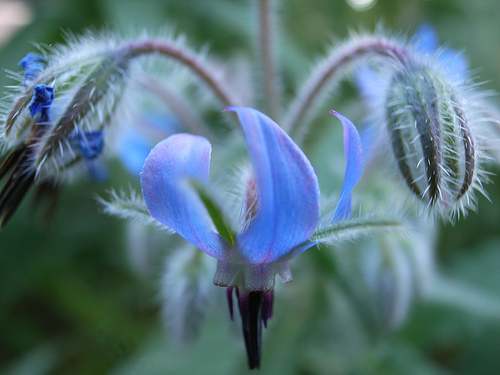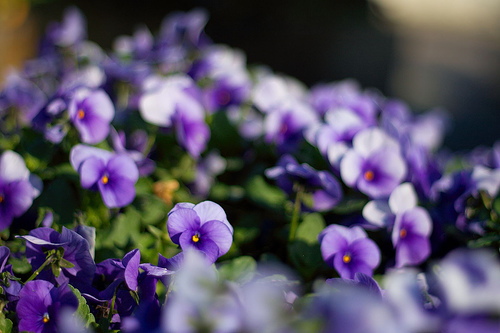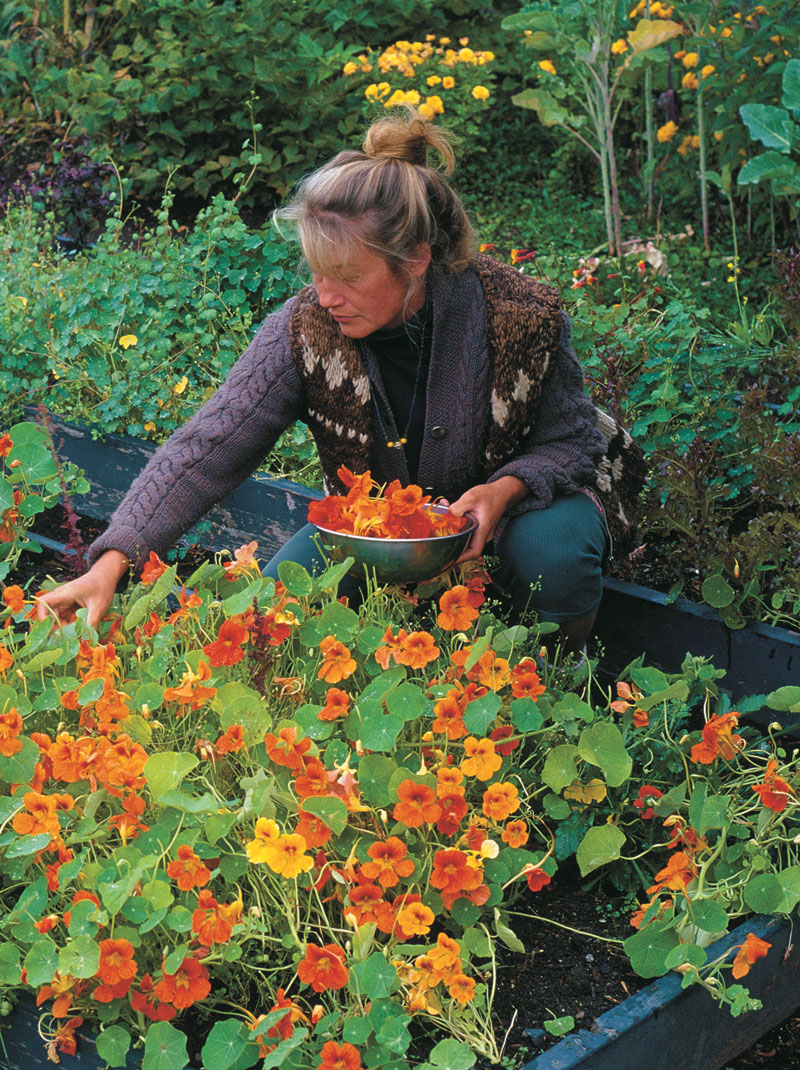The 16 Most Popular Edible Flowers
You may grow them for looks, but they can also add color, flavor, vitamins, and originality to culinary dishes

While you’re harvesting your fruits and veggies this summer for the dinner table, why not keep an eye out for edible flowers too? They can add color, flavor, vitamins, and originality to culinary dishes. In fact, I planted some nasturtiums this year in my new front lawn garden bed for two reasons: to attract beneficial insects and to brighten up my salads by adding bright color and peppery flavor.

A couple of things to think about before you go around harvesting lovely blossoms in your yard. First, not only are some inedible, but many are downright dangerous, such as foxglove (Digitalis). So be very certain that you’ve properly identified your flowers before choosing them to add to culinary dishes. Second, you don’t want to harvest and ingest flowers that have been sprayed with pesticides. The last thing is to try each flower variety one at a time so you can be aware of any allergic reactions that may show up if you (or a family member) haven’t eaten them before.
You’ll also want to choose flowers that are fresh and not old or faded if you want the best flower (and color). Most gardeners that I know remove the stems, pistils, anthers, and the like and just use the petals. One exception is the squash blossoms. You’ll want to leave the stems (but not the anthers) on those for sure to make stuffing them easier, as well as for presentation.
Edible flowers that are worth a try
Edible flowers can be candied, used for baking, and included in sauces, oils, and vinegars. They’re also popular in salads, syrup, teas, jellies, and flavored wines. Here’s a short list of just some of the delicious flowers that you may want to give a go in the kitchen.
- Roses—These have a very perfumy flavor and vary from sweet to bitter.
- Nasturtiums—These have a peppery taste.
- Squash blossoms—These flowers are usually used for stuffing and taste rather like the fruit that they would grow to be if left on the vine.
- Calendula (pot marigold)—Marigolds have a peppery flavor.
- Violets—These petals have a sweet flavor.
- Dianthus—These have a spicy, clovelike flavor.
- Borage—These flowers have a cucumber flavor.
- Garlic chive blossoms—These blossoms taste oniony.
- Lovage—These petals have a mild celery taste.
- Mint blossoms—These taste fresh and have a milder mint flavor than the leaves.
- Basil blossoms—These flowers have that spicy basil flavor but are much milder than the leaves.
- English chamomile—These blossoms taste like a sweet apple.
- Lilacs—The flavor is a little bit bitter and perfumy.
- Summer and winter savories—The flowers from these herbs are slightly peppery.
 Scented geraniums—The flavor will depend on the variety of geranium, such as lemon, chocolate, rose, etc.
Scented geraniums—The flavor will depend on the variety of geranium, such as lemon, chocolate, rose, etc.- Rose of Sharon (Hibiscus syriacus)—These have a mildly nutty flavor.






Comments
Log in or create an account to post a comment.
Sign up Log in